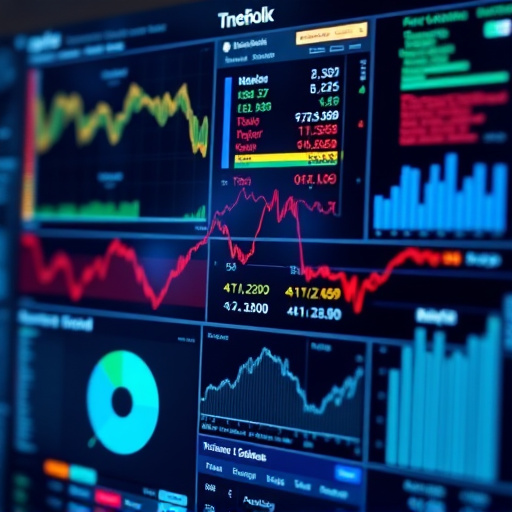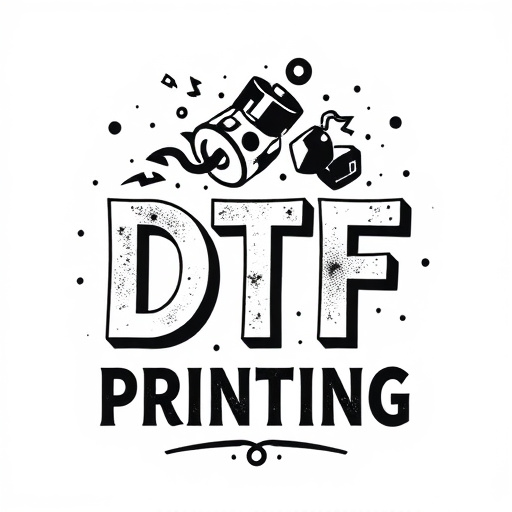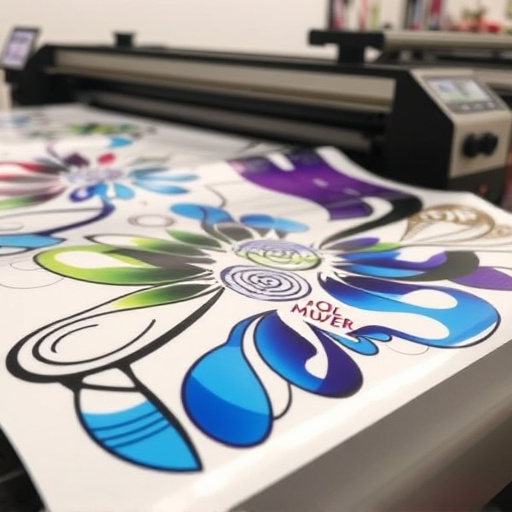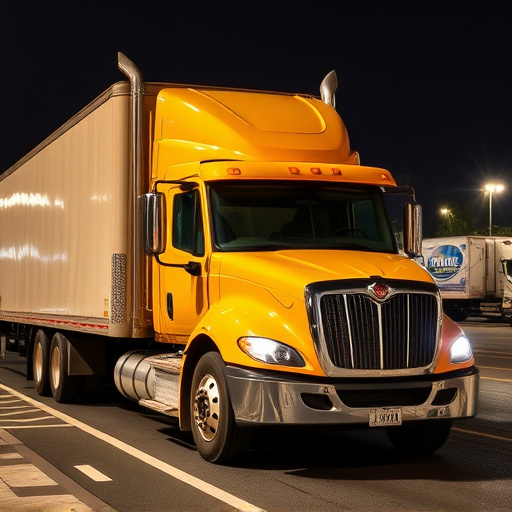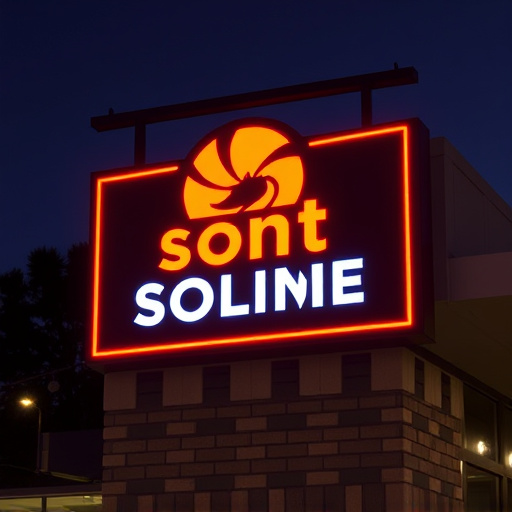The future of signage design installation is dramatically evolving with advanced technologies like high-resolution digital displays, augmented reality (AR), and virtual reality (VR). These innovations enable dynamic, interactive visuals, enhancing user experiences in public spaces. Integrated connectivity and IoT allow signage to adapt in real-time, cater to individual preferences, and offer immersive product explorations, revolutionizing traditional signage for more personalized and captivating interactions.
The evolving landscape of interactive signage design installation is redefining how we engage with public spaces, retail environments, and cultural institutions. Fueled by advancements in augmented reality (AR), virtual reality (VR), and interactive displays, today’s innovative technologies are transforming static signs into dynamic, immersive experiences that captivate audiences. This article explores emerging trends, from minimalist designs to context-aware interfaces, while delving into installation considerations ensuring longevity, effectiveness, and continuous improvement through user feedback. Discover how future-forward signage design installations enhance user experiences and drive engagement in our ever-connected world.
- Emerging Technologies Shaping Signage Design Installation
- – Discussion on advancements in technology like Augmented Reality (AR), Virtual Reality (VR), and Interactive Displays
- – Impact of these technologies on enhancing user experience and engagement
Emerging Technologies Shaping Signage Design Installation

The future of interactive signage design installation is being reshaped by emerging technologies that offer unprecedented creative possibilities. Digital displays, for instance, are evolving to provide higher resolutions, larger formats, and more flexible installations, enabling designers to craft dynamic, captivating visuals that engage viewers in novel ways. Augmented reality (AR) and virtual reality (VR) are also beginning to find their place in signage, creating immersive experiences by overlaying digital content onto physical environments or transporting viewers into entirely digital landscapes.
Furthermore, advancements in connectivity and IoT (Internet of Things) integration allow for interactive signage that can respond to user interactions, gather data, and even adapt its content in real-time. This opens up exciting opportunities for car customization and custom vehicle wraps, where signage can become an integral part of the driving experience, offering personalized information and entertainment tailored to individual preferences. Similarly, window tinting technologies are evolving to incorporate smart features that enhance privacy and security while still allowing for visually appealing designs, further blurring the lines between traditional signage and cutting-edge automotive and architectural applications.
– Discussion on advancements in technology like Augmented Reality (AR), Virtual Reality (VR), and Interactive Displays

The future of signage design installation is being reshaped by remarkable advancements in technology. Augmented Reality (AR) and Virtual Reality (VR) offer unprecedented opportunities to create immersive experiences, transforming static displays into dynamic, interactive platforms. AR overlays digital information onto real-world environments, enabling users to engage with content in innovative ways. For instance, in retail settings, customers can virtually try on products or explore product features before making a purchase. Similarly, VR technology creates entirely virtual environments where signage can tell stories and facilitate unique interactions.
Interactive displays are also playing a significant role in shaping the future of signage design installation. These screens go beyond simple text and images by incorporating touch, gesture, and voice recognition capabilities. They allow for more intuitive user experiences, making them ideal for public spaces, museums, and even automotive detailing centers where interactive menus and tutorials can enhance customer engagement. The integration of high-quality finishes and scratch protection in these displays ensures durability and aesthetic appeal, catering to diverse branding and marketing needs.
– Impact of these technologies on enhancing user experience and engagement

The future of interactive signage design installation is poised to revolutionize how we engage with public spaces and information. By integrating advanced technologies like touch-sensitive displays, gesture recognition, and augmented reality (AR), these innovations transform static signs into dynamic, immersive experiences. Users can now interact with digital signage in ways that were previously unimaginable, enhancing both their understanding of the content and their overall experience.
For instance, in retail environments or automotive detailing showrooms, interactive signage can allow customers to explore products virtually, compare features side by side, and even customize cars with custom graphics in real-time. This level of engagement not only captivates users but also provides businesses with valuable insights into customer preferences. As these technologies continue to evolve, they promise to make everyday interactions more intuitive, personalized, and enjoyable, redefining the very concept of signage design installation.
The future of signage design installation is bright, with emerging technologies like Augmented Reality (AR), Virtual Reality (VR), and interactive displays revolutionizing how we interact with public spaces. These innovations not only enhance user experience but also foster deeper engagement with brands and information. As these technologies continue to evolve, the possibilities for creative and immersive signage design installations are limitless, promising to transform urban landscapes into vibrant, interactive tapestries.
